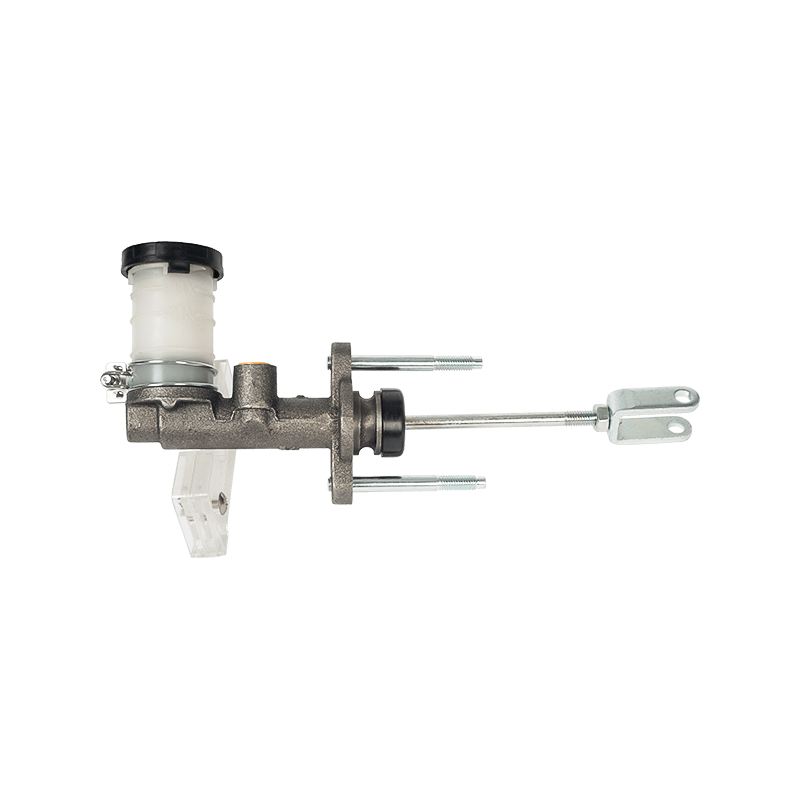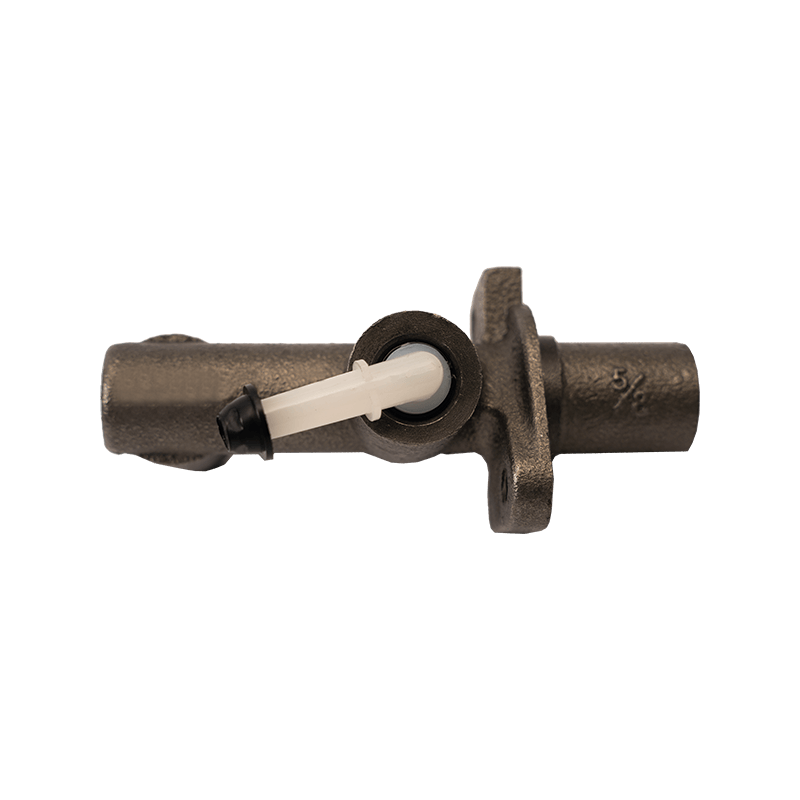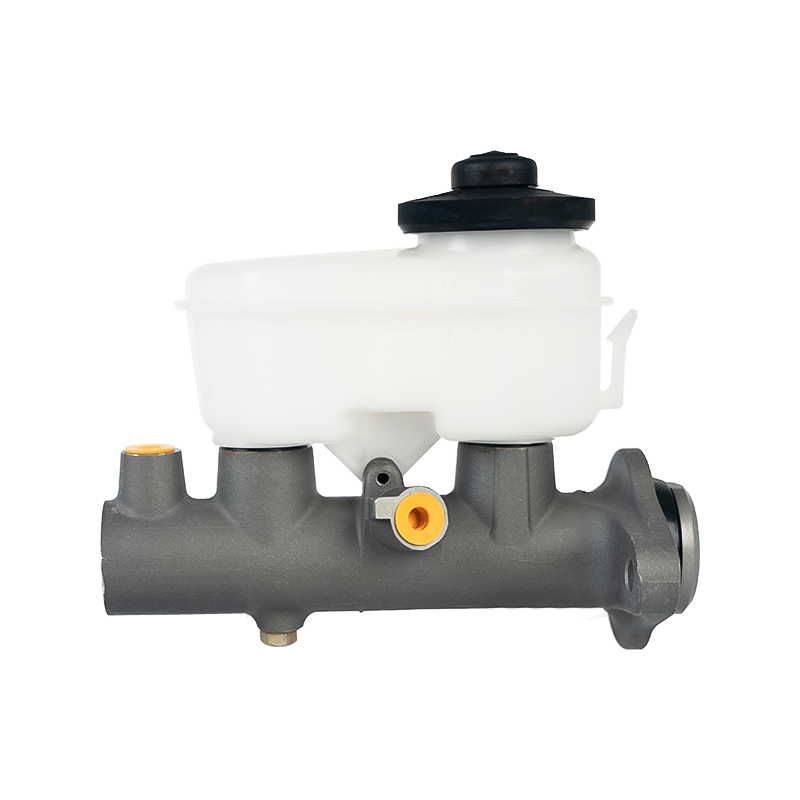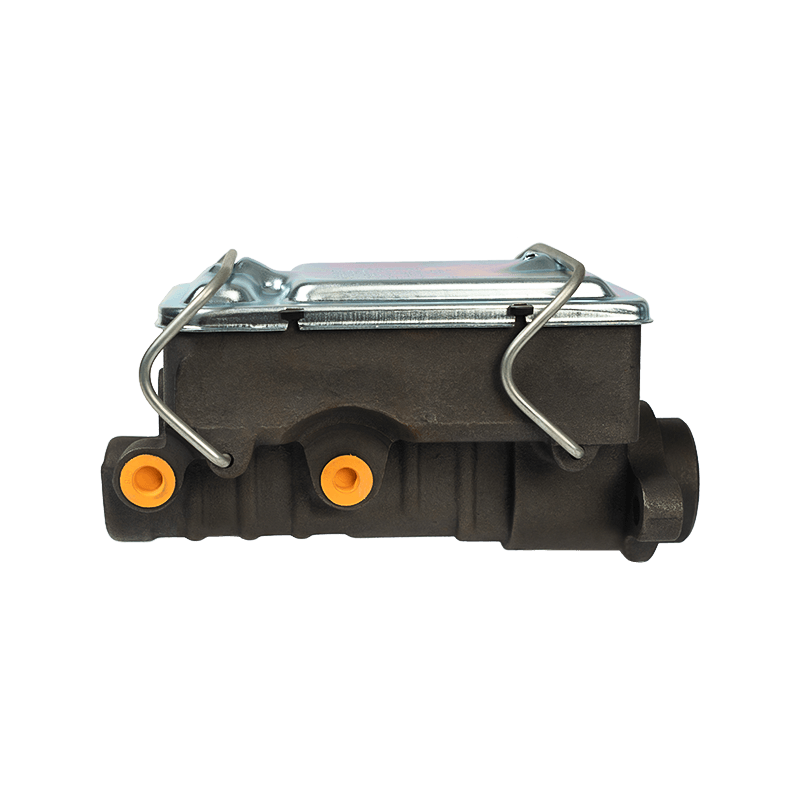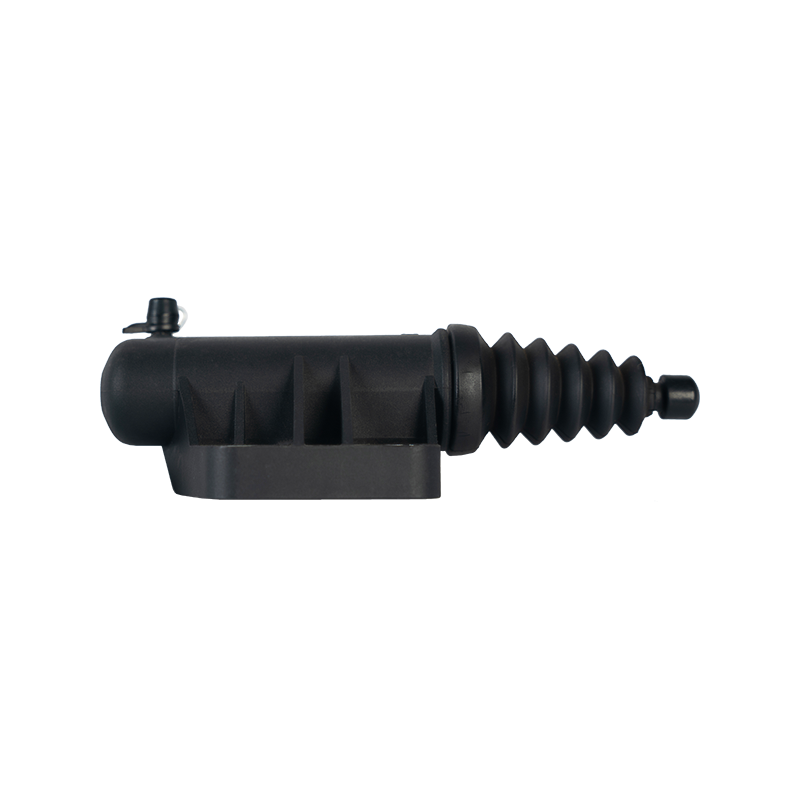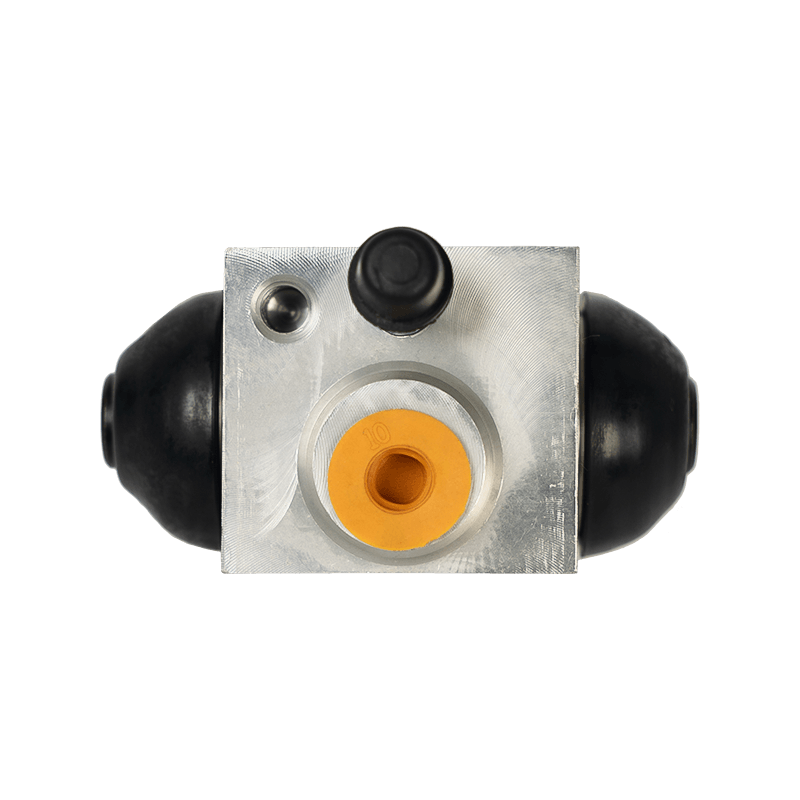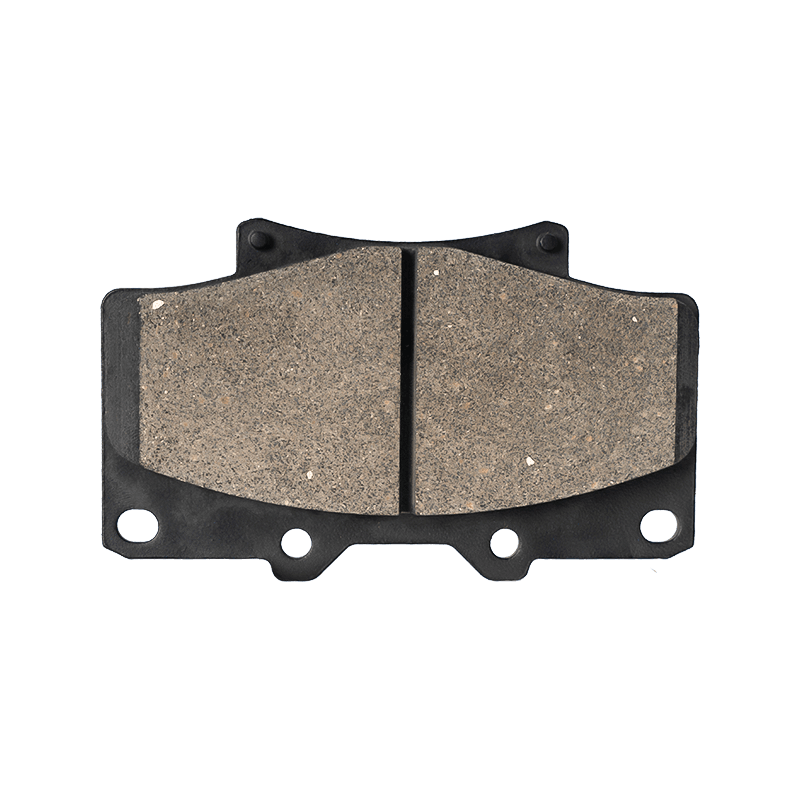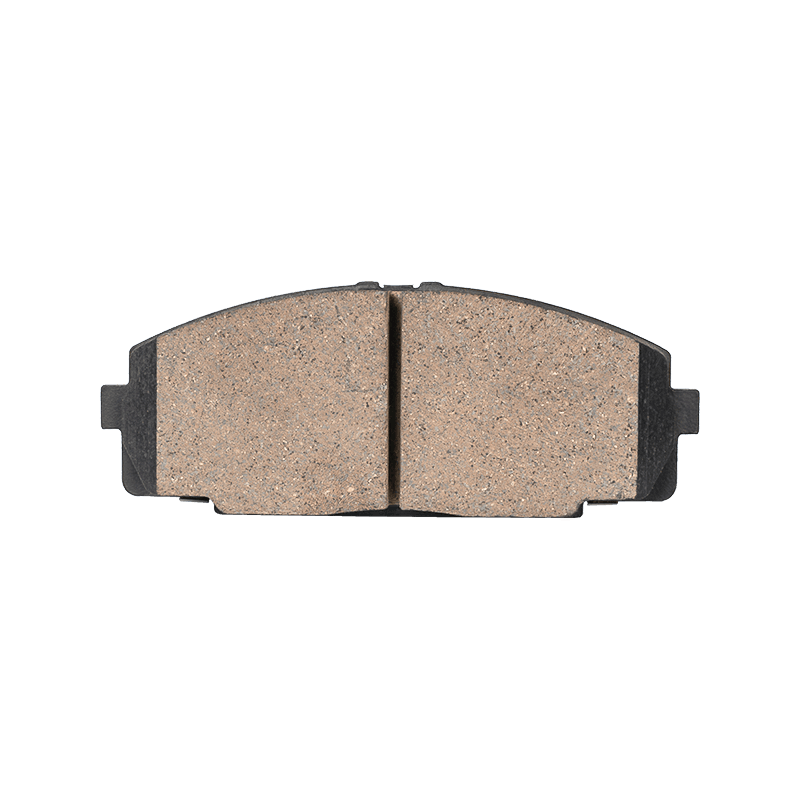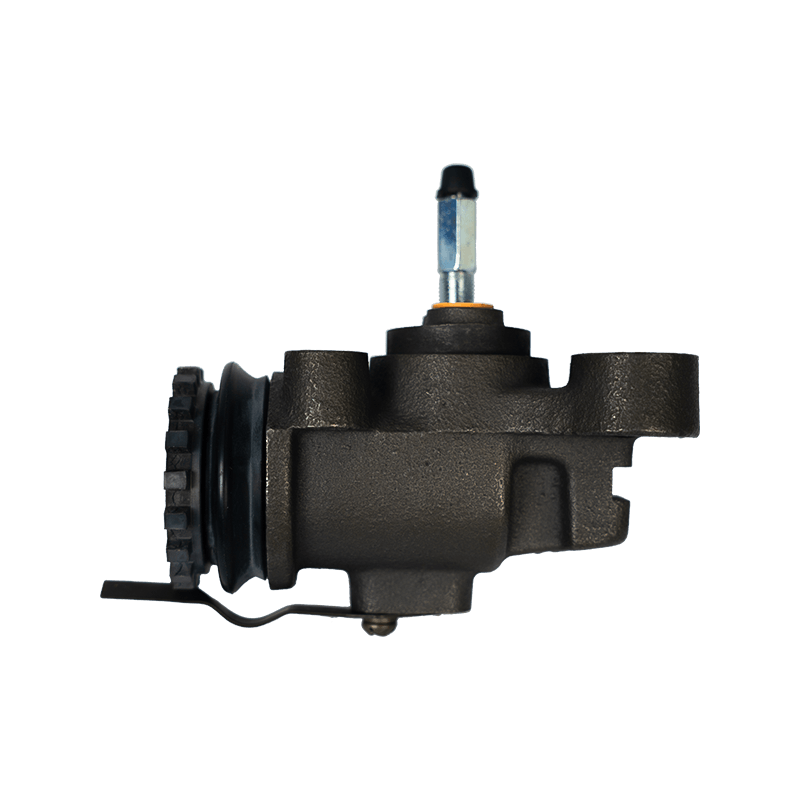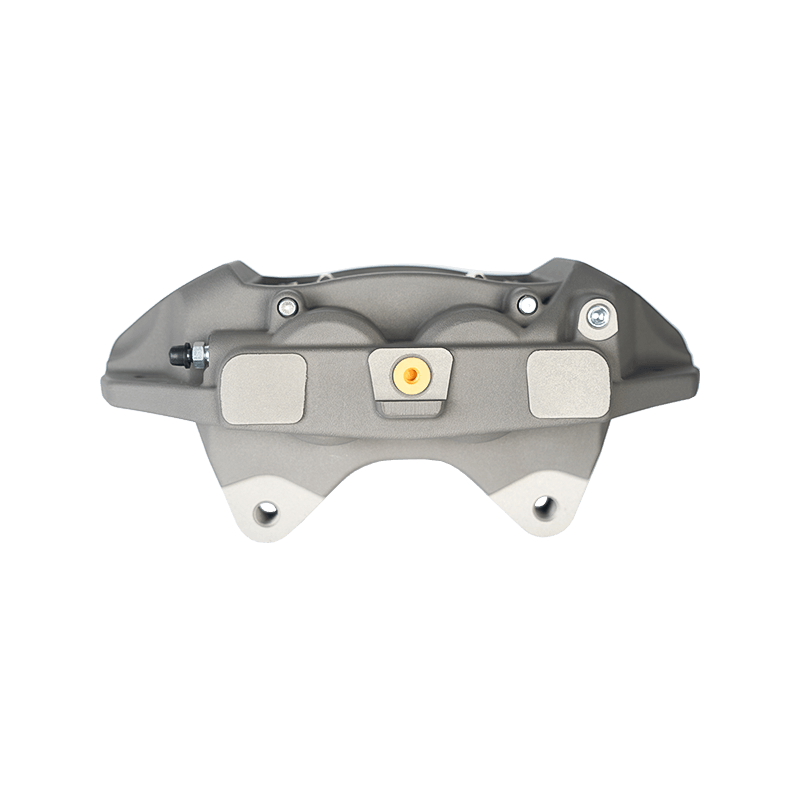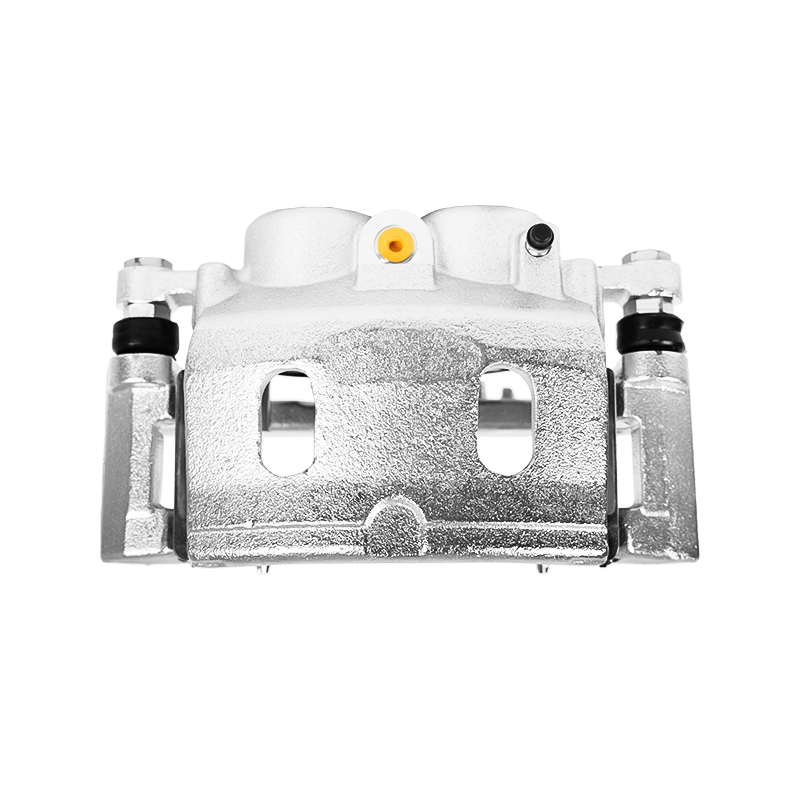How brake pads work: revealing the core components of the braking system
 2025.07.03
2025.07.03
 Industry News
Industry News
Content
1. How brake pads work?
The working principle of brake pads is based on the principle of tribology, which converts kinetic energy into heat energy to achieve vehicle deceleration. When the driver steps on the brake pedal, the hydraulic system transmits pressure to the brake caliper, pushing the brake pads to clamp the brake disc (or brake drum) that rotates synchronously with the wheel, generating huge friction to slow down the vehicle.
Energy conversion process:
Kinetic energy → Friction energy → Heat
During typical braking, the temperature of the brake pad can reach 200-300°C
During intense driving, the temperature may exceed 600°C
2. Structural composition of brake pads
Modern brake pads are usually composed of the following parts:
- Friction material layer (core functional layer):
Accounts for 50-70% of the total thickness
Contains a variety of composite materials
Directly involved in friction braking
- Back plate (metal substrate):
Usually made of steel
Provides structural support
Transmits braking force to the caliper
- Silencer (shock-absorbing layer):
Reduces braking noise
Improve vibration characteristics
Some high-end products use special composite materials
- Wear indicator:
Mechanical or electronic
Reminds of replacement time
Usually triggers an alarm when 2-3mm is left
3. Comparison of characteristics of different types of brake pads
|
Type |
Main ingredients |
Advantages |
Disadvantages |
Applicable models |
|
Semi-metallic |
30-65% metal fiber |
Strong braking force, high temperature resistance |
Noisy, fast wear |
Ordinary family car |
|
Ceramic |
Ceramic fiber, filler |
Low noise, low dust |
High cost, poor cold effect |
High-end models |
|
Organic (NAO) |
Organic fiber, resin |
Comfortable and quiet |
Poor high temperature resistance |
Urban commuter car |
|
Carbon ceramic |
Carbon fiber, ceramic |
Ultimate performance |
Expensive |
Supercar/racing car |
4. Usage and maintenance recommendations
Notes during the running-in period:
New brake pads require 300-500 kilometers of running-in
Avoid sudden braking
Gradually establish the best friction surface
Replacement timing judgment:
Replacement is recommended if the thickness is <3mm
Abnormal noise prompt
Significant increase in braking distance
Daily inspection points:
Visually check the wear every month
Pay attention to changes in brake fluid level
Pay attention to changes in brake pedal feel
 Search
Search
 Eng
Eng 
 English
English Español
Español Português
Português


